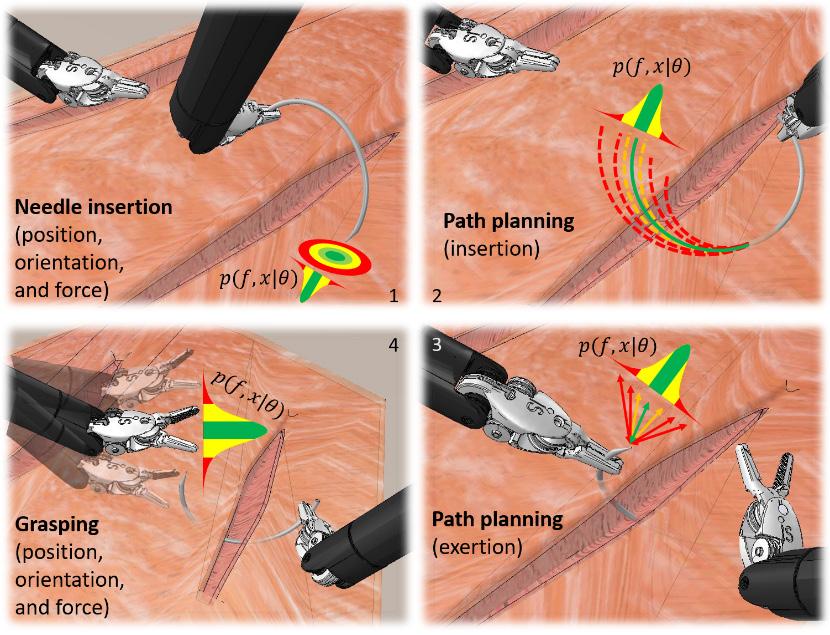
2 minute read
Discovery in the world of uncertainty
2020
D ISCO v E ry IN th E w O r LD OF u NCE rta IN ty
ALFRED DEAKIN PROFESSOR Saeid Nahavandi, Director IISRI
Artificial intelligence (AI) research was revolutionised in 2012 by the introduction of deep learning (DL) algorithms.
DL models can yield best-in-class performance, scale effectively with data, automatically extract useful information for decision making, and are fully transferable. New advances in DL have already ignited an explosion of AI applications for solving challenging problems across a range of previously uncharted applications, as diverse as autonomous vehicles/robots, cancer diagnosis and drug discovery.
Due to their promising features, DL models have truly gained significant applications in the field of robotic and autonomous systems in recent years.
Self-driving cars and AI-enabled robots are examples of autonomous systems which have the potential to greatly impact our society in the 21st century. A current trend in autonomous system design is to learn a control/navigation policy from raw sensory data, such as images. DL-based supervised learning and reinforcement learning models are often applied for developing the policy. Although these DL models are assumed to be accurate and reliable once training and validation processes are complete, there are profound and fundamental issues with their respect to their reliability and robustness. These DL models principally suffer from the state distribution shift and critically fail to generalize to rare or unusual states (unseen conditions during model training). Besides that, their predictions are prone to large errors if the data set has inherent noise and randomness which cannot be optimally captured by the underlying training algorithms. DL models are prone to making mistakes without any warning in situations with rare or noisy training data. Purely relying on the current stateof-the-art DL models in safety critical applications or human decision-making tasks could lead to catastrophes. Examples include fatal accidents for autonomous vehicles (Tesla 2016 and Uber 2018), incorrect diagnosis and treatment potentially resulting in severe medical complications, or financial losses due to false threat detection in cyber-security systems. In all these cases, state-of-the-art DL models could misrepresent the data and generate single-valued predictions without providing a measure of their certainty/confidence associated with the results. Accordingly, the robustness and reliability of DL models is always questionable due to the lack of uncertainty quantification. These fundamental problems have been well notified and extensively studied as part of our two recent ARC funded Discovery Projects (DP190102181 and DP210101465). These two research projects, for the first time, propose a novel endto-end framework for uncertainty quantification and uncertainty-aware decision making using deep neural networks. Novel sampling-free and distributionfree methods are formulated to generate predictive uncertainty estimates, which are propagated to subsequent AI models to automatically learn resilient policies for operating autonomous systems. We have created the knowledge base to derive, develop, and implement the end-toend framework for uncertainty-aware planning and decision-making. All aspects of research are fundamental with profound impact on the reliability and robustness of DL-based technologies. The key outcomes of the research comprise novel AI-based algorithms and a theoretically solid and practically efficient framework for undertaking uncertainty-aware decision-making problems. The immediate applications include safety critical tasks in robotic and autonomous systems such as self-driving cars, automated medical diagnostics, robotics, and cyber security systems.
Figure 1: Steps involved in uncertainty-aware operation of an autonomous suturing system used for minimally invasive surgery, (1) positioning and forcing for inserting the needle, (2-3) path planning for accurate insertion and exertion of the needle considering uncertainties, and (4) optimum position and orientation for grasping the needle to maximise the mission success.









